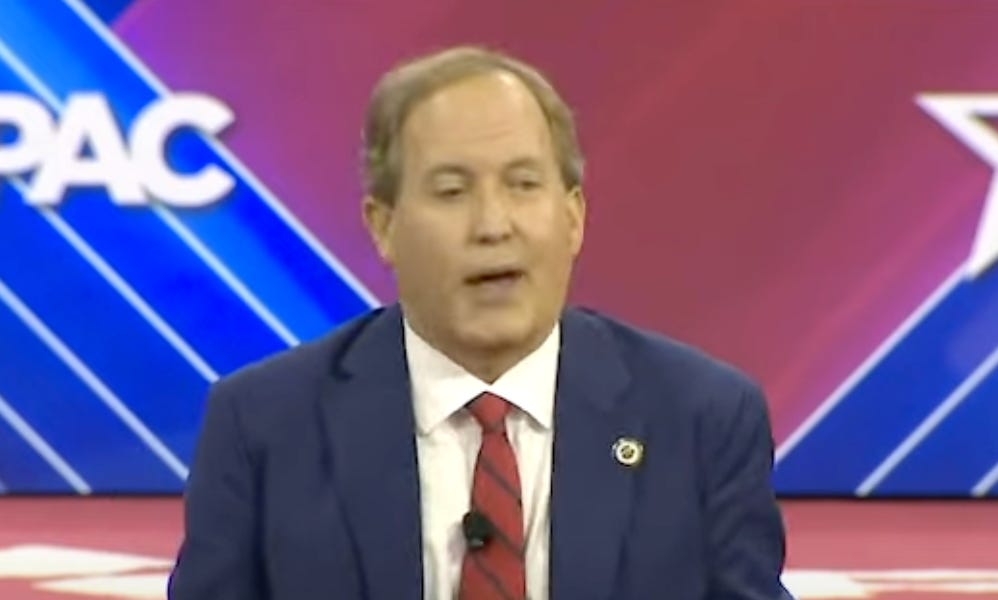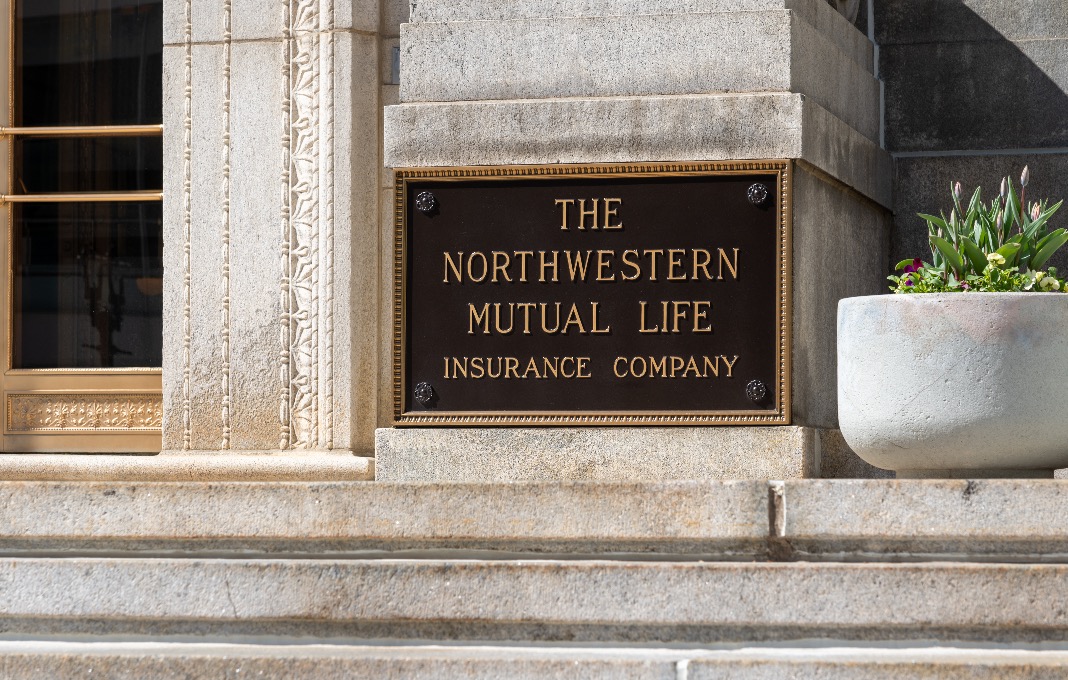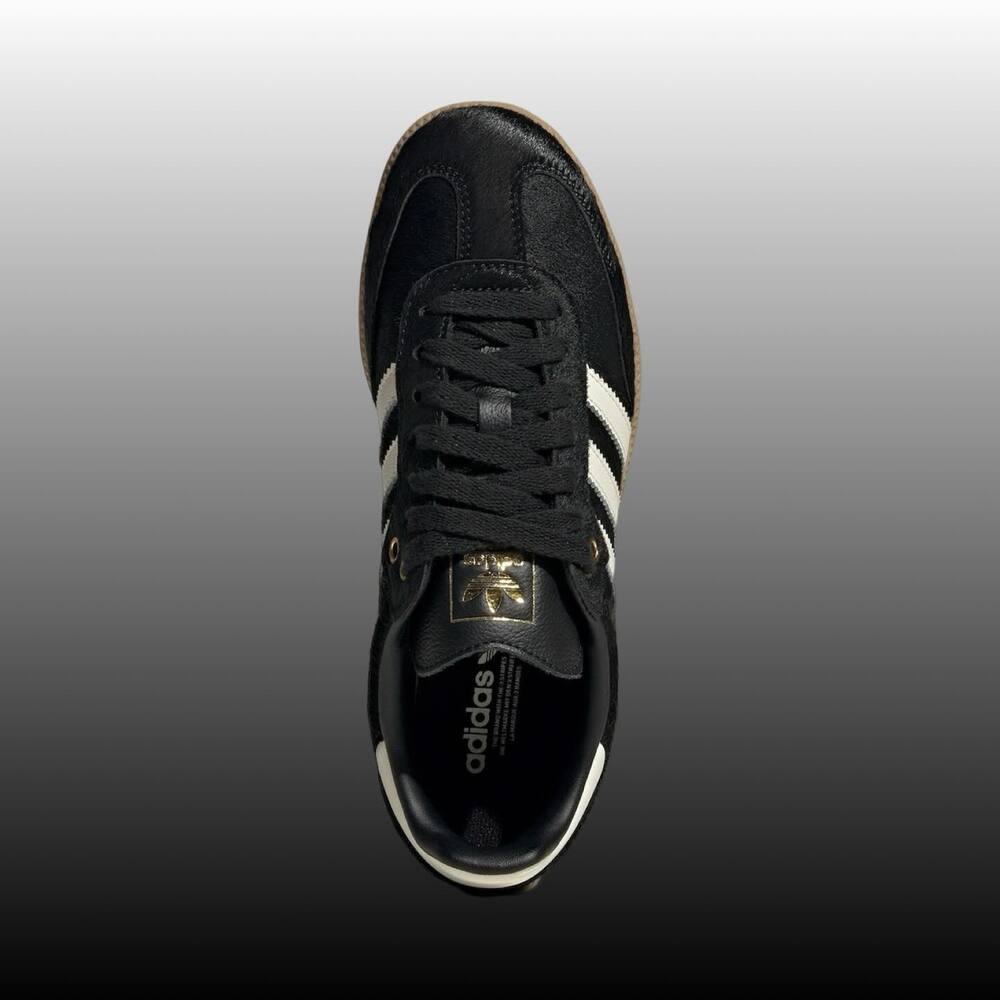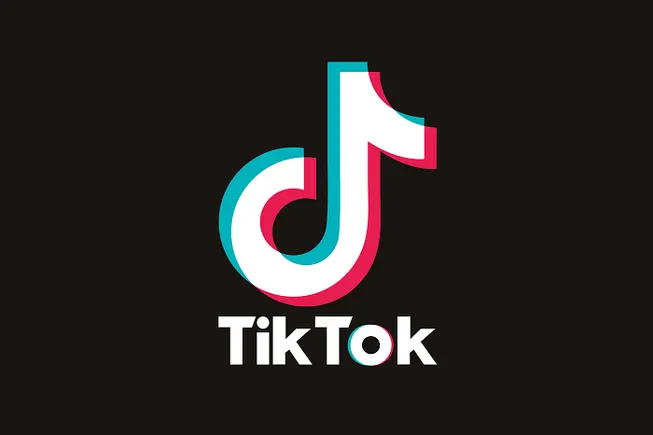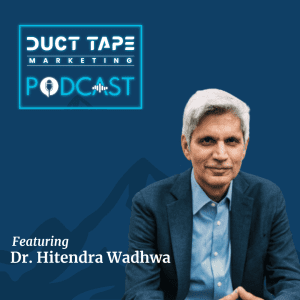Peter Mann began his manufacturing enterprise by searching for a superior air-purification system for his young son, who had asthma. More than a decade later, the CEO of Oransi not only has bought an air-purifier brand and designed his own machine, but is about to embark on U.S. manufacture of his brainchild.
Along the way, the former Dell executive has learned a lot about the challenges of domestic sourcing, the importance of tapping into regional industrial legacies, and how American factory jobs must be designed in order to compete with Chinese labor.
“I’ve learned that cost is really important,” Mann told Chief Executive. “Seventy to eighty percent of consumers prefer American-made products, according to some studies by Reuters and Consumer Reports, but most don’t want to pay a price premium.”
Mann has been applying this learning from the start of his company. After leaving Dell, Mann got serious about his inspiration in 2012 by contracting with a German company that had a U.S. plant to make his purifier design. “The performance [of the device] was great, but the cost was too high compared with Chinese factories,” he said. “The performance was better, but not the price.”
So Mann went at his objective in another way: He purchased an existing company, Oransi, along with its brand, its promising new design for motors, and its factory in Radford, Virginia, and moved to nearby Blacksburg, Virginia, to re-boot his enterprise. Oransi continues to sell its existing air purifiers while Mann leads an overhaul of the company built around American manufacture of a superior product.
At this point, Oransi is about a $20-millon enterprise with about 30 employees, most engaged in engineering, R&D and sales. As Mann gears up his new manufacturing operation beginning this fall, he plans to grow staff to around 100 people, most of whom will be making the purifiers.
Here’s some of what he’s learned on the road to getting Oransi to its transformative new threshold of American manufacturing:
• Design out labor costs. Oransi is investing considerably “more in upfront costs versus lower variable costs down the road so we can make and assemble” the purifiers in the United States, Mann said. “It’s painful. We’re investing probably two to three times what we would do to tool it in China.”
Specifically, Mann invested heavily in designing the purifiers “from the ground up for ease of assembly. That drives up the tooling costs, because parts are more complicated, but if they just snap together, and the number of screws is minimal, you can have fewer people assembly them, and more quickly. Chinese products — you take them apart and there are tons of parts and screws. An army of people assemble those things, but they don’t get paid much, and the tooling costs are low because it’s a bunch of simple parts.
“And because we make the motors in house, there is no markup or shipping costs. It’s sourcing some raw materials and components to make this thing.”
• Tap into local legacies. The Blacksburg-Radford area boasts a long heritage of engineering and manufacture of electric motors, Mann said, much of it connected to the locally sited Virginia Tech University. That means a lot of local supply of relevant components and of experienced workers, helping Oransi keep costs in check and savvy in the house as manufacturing gears up.
“There are an estimated 2,500 people involved in electric-motor manufacture in this area,” Mann said. “It’s sort of like a Silicon Valley in Appalachia, a sort of tech bubble.”
• Make workers happy. Oransi’s most effective recruiting strategy as it tries to bring manufacturing workers on board in a tight labor market has been to urge new hires to bring their friends along with them. “People like to work with people they like,” Mann observed.
The company also emphasizes that its end product is a consumer good, not some widget that ends up helping make another widget. “There’s pride in that,” he says, “in making something you send out to the marketplace that someone is going to use for their benefit.”
But all of that sometimes isn’t enough. “It works both ways,” Mann said. “We’re trying to find the right fit and person for the position, but it has to work for the business and the employee. We don’t want to bring in someone and not have them be excited to work.”
The post Oransi Is About To Bring More Manufacturing To Virginia appeared first on ChiefExecutive.net.









